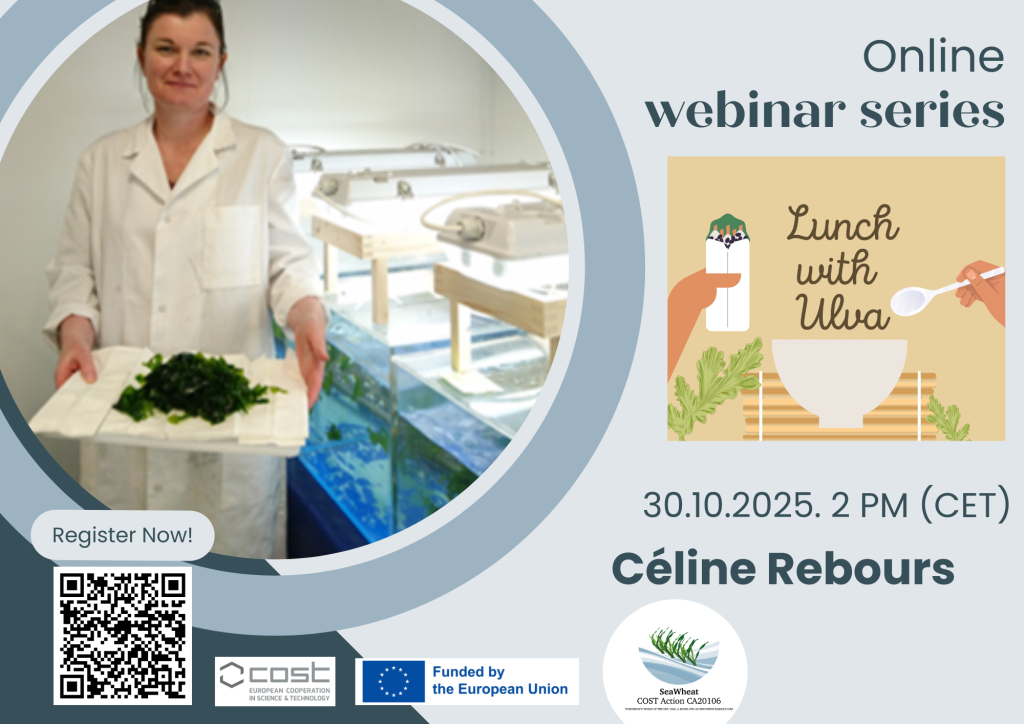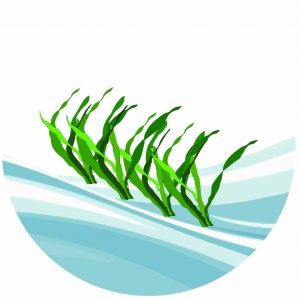Dr. Céline Rebours
Abstract:
Blue Biotechnology (BB) is a multidisciplinary, knowledge- and capital-intensive technological area that significantly contributes to innovations in the pharmaceutical, medical, cosmeceutical, nutraceutical, aquacultural, agricultural, and energy sectors. The BB sector in Europe includes non-traditionally commercially exploited marine organisms and their biomass applications. Seaweeds are identified as one of the valuable sources of structurally diverse bioactive compounds among the marine organisms. Seaweed cultivation in Europe is still in its early stages, with a main emphasis on kelp species which faces the challenges in penetrating the market, calling for a need to diversify the cultivated species. The green species of the genus Ulva can effectively assimilate dissolved nutrients with high efficiency and biomass yield. Only a limited number of Ulva species are currently cultivated on a pilot scale, predominantly in land-based systems, and in some cases under IMTA systems. Worldwide, Ulva spp. production is estimated at 3699 t.w.w. for a value of 1 074 400 EUR with an average price of 290.41 EUR per t.w.w. 1, while in Europe Ulva production remains very low and the total production number are difficult to estimate. In addition, the species of seaweed are not accurately named during production reporting making it difficult to oversee the size of the Ulva industry in Europe. Seaweed industry (incl. Ulva) in general faces the challenge to be a plural sectorial activity, forcing entrepreneur to navigate a complex regulatory framework governed by a multitude of agencies both nationally and at the European level. This multi-sectorial distribution of the business makes it also difficult to identify the actors across Europe and to understand if segment(s) of the value chain are still missing to reach the existing market. Therefore, the Working Group 6 under the CA20103 SEAWHEAT project examined the regulatory framework relevant to Ulva production at a large scale, investigated the acceptance of Ulva products by society, and the economic aspects, including risk assessment in different scenarios and geographical locations. This presentation aims to i. present important EU regulations and policies that apply to Ulva production; ii. highlight the importance of the application of the RRI principles and Nagoya protocol in biodiscovery, and iii. suggest recommendations for amendment or reinforcement of the current regulatory framework for Ulva-based industries. |

